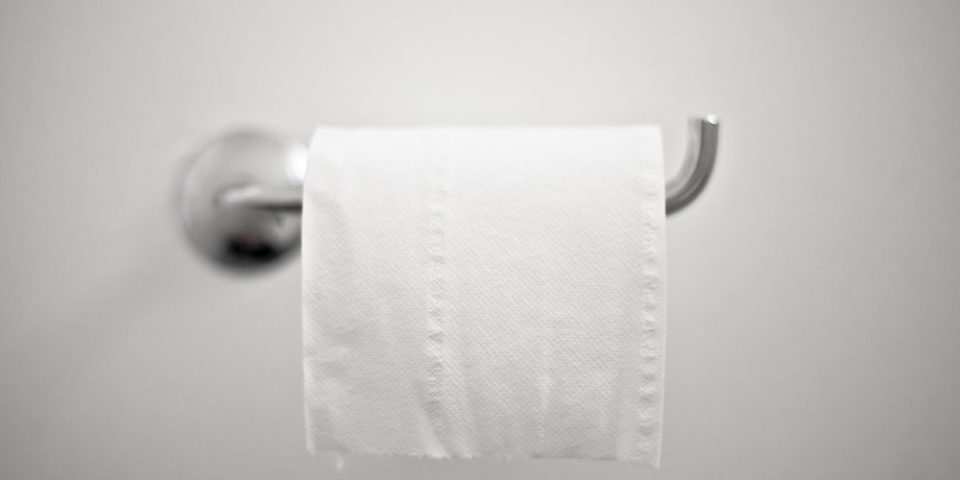Which is better: colonoscopy or at-home colon cancer test?
A colonoscopy can feel daunting, and in this era of increasing use of virtual care and telehealth options, many are turning to at-home colon cancer screening tests to stay informed when it comes to their own health and well-being. However, you may wonder which is better: colonoscopy or an at-home test?
Gastroenterologist Kalpit Devani, MD, explained what you need to know about at-home colon cancer screening tests, how they stack up to colonoscopies performed in a doctor’s office and more.
What is an at-home screening test for colon cancer?
There are two widely available at-home screening tests for colon cancer. These include the stool FIT test and the stool Cologuard.
“Neither of these options require bowel preparation, anesthesia or sedation, or transportation to and from the screening,” Dr. Devani said. “This convenience has made them popular in a busy world.”
What is the FIT test?
The FIT is also known as the fecal immunochemical test. The patient sends a one-time sample using a specially crafted FIT sample kit.
“Compared to the older fecal occult blood tests,” said Dr. Devani, “the FIT test provides more accurate results, although it’s not perfect.” With the FIT test, up to 21% of patients will receive a false positive, while 6% may receive a false negative.
How do you do a FIT colon cancer test?
Essentially, the FIT test kit contains a tube similar to a nail polish container. The patient opens the container, collects the stool sample within, and closes the container – which will click into place. Then the patient mails the test off for results.
The advantage of a FIT test is that it can be done entirely from home, and it’s noninvasive and requires no special preparation.
There are some disadvantages, however. A one-time screening with this level of potential false results isn’t ideal, and positive results would require a colonoscopy in the end for better evaluation.
“There’s also a cost factor,” said Dr. Devani. “If a patient undergoes a colonoscopy directly – without a FIT test – most insurances will cover it without copay. However, if the patient is receiving a colonoscopy as a diagnostic test after receiving their FIT test results, they may have a direct copay. It really depends on your specific insurance plan.”
What about the Cologuard colon cancer test?
Cologuard is also known as the multitarget stool DNA test. It includes the basic FIT test but also checks a little further for abnormal DNA and signs of colon cancer in the stool.
Cologuard requires the patient to collect a stool sample in a provided ‘toilet hat,’ collect it into a jar, package it into a box and mail it. Just like the FIT test, if the results are positive, the patient will need to undergo a colonoscopy. It is a more expensive option than the FIT test as well.
“Cologuard has a higher detection rate, but also a greater potential for false positives,” Dr. Devani said. “That’s important to keep in mind.”
When is it okay to use an at-home colon cancer test?
Anyone who is between the ages of 45 to 75 years old – and who has no signs or symptoms of colorectal cancer or elevated risk – can use an at-home test.
If you’d like to try an at-home colon cancer screening test, it’s important that you don’t have the following:
- Prior diagnoses of colon polyps
- Prior diagnoses of colon cancer
- Inflammatory bowel disease (IBD)
- Personal or family history of genetic disorder with higher risk for colon cancer
How often should I try at-home screening tests?
“Currently, guidelines recommend the FIT test to be performed every year,” said Dr. Devani. “The stool Cologuard test should be conducted every three years if the results are negative.”
What is the best screening option for colon cancer prevention?
“The best colon cancer screening test is the one that gets done,” said Dr. Devani. “The most important part of preventing colorectal cancer is getting screened for it.”
A high-quality colonoscopy is a better test – any polyps detected during the procedure can be removed during that visit. Removal of precancerous polyps helps to prevent the onset of colon cancer later. A colonoscopy is performed every 10 years if negative for polyps, so it also isn’t required as often.
Colonoscopies are typically performed under “twilight-type sedation,” so there is none of the stereotypical discomfort or even pain associated with the popular image of the procedure. The patient is in and out of the facility within a few hours.
However, if you’re struggling to make the time for a colonoscopy or need a convenient option, these at-home tests still give you a leg up on colon cancer prevention.
Find the care you need, close to home
Our primary care physicians provide well visits and everyday care when you need it with compassion and expertise.
Find Primary Care Near You

